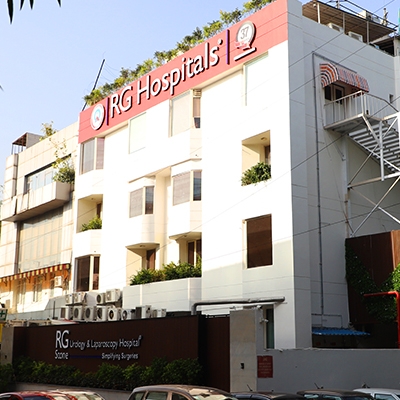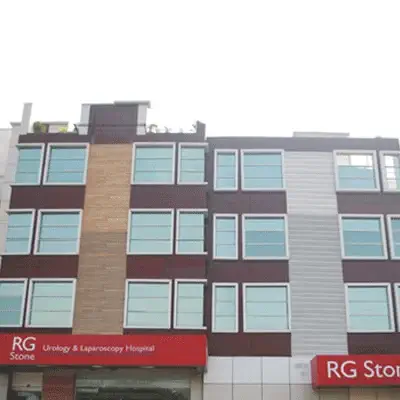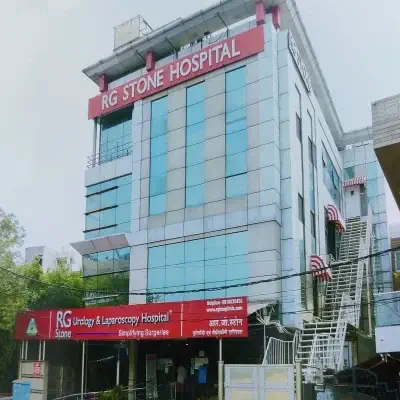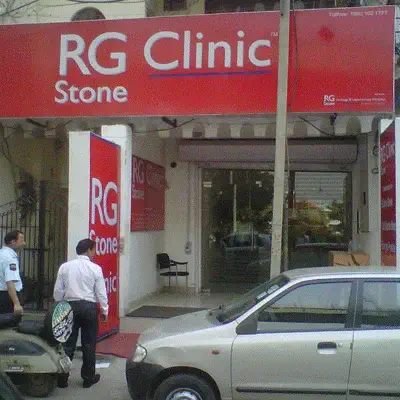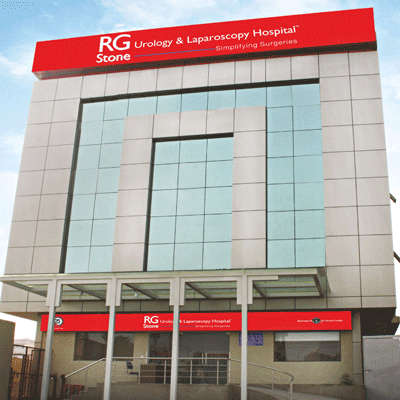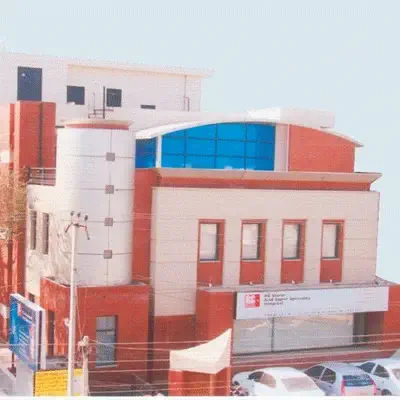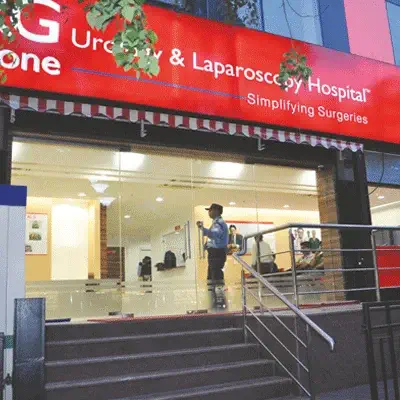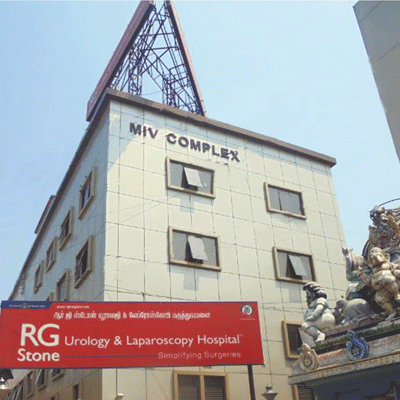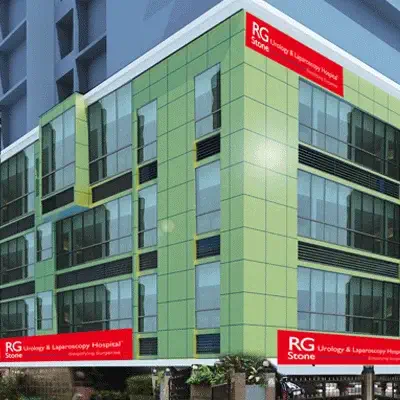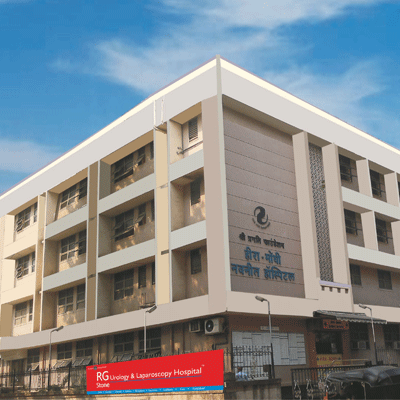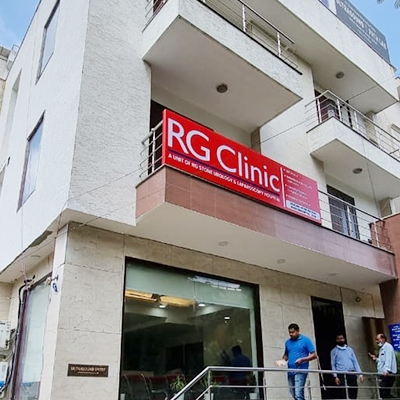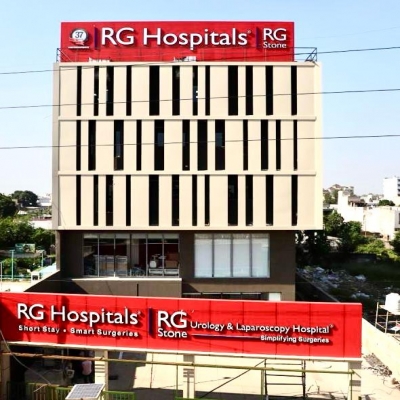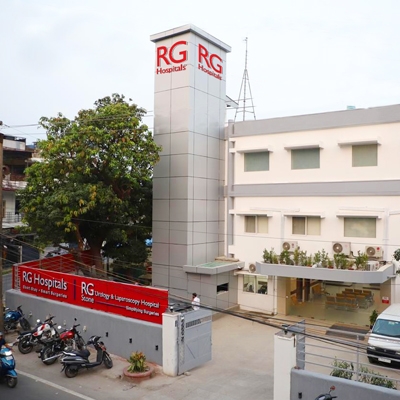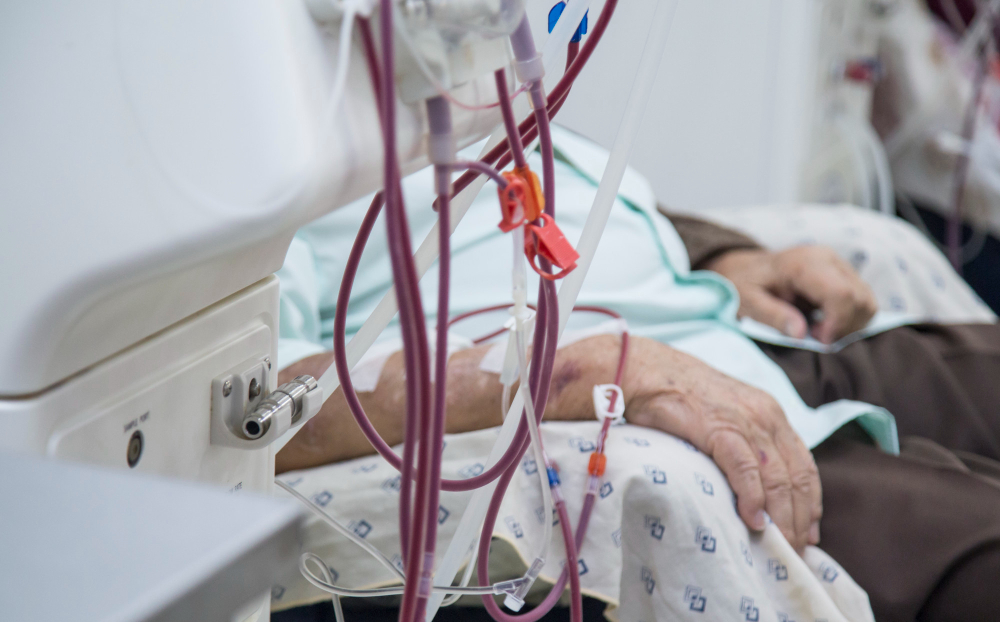Hemodialysis is a life-saving procedure for people with acute or chronic kidney failure. The procedure involves using a machine to filter toxins and excess fluids from the blood when the kidneys are unable to perform these functions. A patient undergoing hemodialysis is typically connected to the dialysis machine through an access point created in their blood vessels. The blood is passed through a filter, removing waste, and then returned to the body. Hemodialysis can be performed in a hospital or dialysis center, or at home in some cases, but the process must be done several times a week. It is an effective solution to help manage kidney failure symptoms but does not cure the condition.
Procedures & Interventions
An AV (arteriovenous) fistula is a surgically created connection between an artery and vein, usually in the arm. This allows for the high blood flow needed for effective dialysis. It is considered the best option for long-term dialysis access due to its low complication rates.
Catheters are often used for short-term dialysis access or when a fistula cannot be created. This method involves inserting a catheter into a large vein, often in the neck or chest. Although it is less ideal than an AV fistula, it provides immediate access for dialysis treatments.
Portable dialysis machines provide a more flexible option for home-based dialysis. These machines can be used during the night while the patient sleeps, offering convenience and less disruption to their daily routine.
Regular monitoring of fluid levels and electrolytes is essential during hemodialysis. Dialysis settings may need adjustment depending on the patient’s condition, and dietary restrictions are often required to manage fluid buildup and electrolyte imbalances.
Continuous monitoring of blood pressure, blood counts, and other vital signs is crucial during hemodialysis. Close follow-up ensures that the treatment is effective, and any complications such as infections or clotting are promptly addressed.

An AV (arteriovenous) fistula is a surgically created connection between an artery and vein, usually in the arm. This allows for the high blood flow needed for effective dialysis. It is considered the best option for long-term dialysis access due to its low complication rates.

Catheters are often used for short-term dialysis access or when a fistula cannot be created. This method involves inserting a catheter into a large vein, often in the neck or chest. Although it is less ideal than an AV fistula, it provides immediate access for dialysis treatments.

Portable dialysis machines provide a more flexible option for home-based dialysis. These machines can be used during the night while the patient sleeps, offering convenience and less disruption to their daily routine.

Regular monitoring of fluid levels and electrolytes is essential during hemodialysis. Dialysis settings may need adjustment depending on the patient’s condition, and dietary restrictions are often required to manage fluid buildup and electrolyte imbalances.

Continuous monitoring of blood pressure, blood counts, and other vital signs is crucial during hemodialysis. Close follow-up ensures that the treatment is effective, and any complications such as infections or clotting are promptly addressed.
Team of Excellence
Behind every recovery story at RG Hospitals is a team of exceptional doctors whose passion for healing and innovation continues to transform healthcare and redefine patient outcomes.
Find a DoctorLooking for an Expert
RG Hospitals is proud to be the home of some of the world's most distinguished doctors.

Patient Stories
View AllPatient Testimonial | Commitment To Care
Treated by Dr. Manoj Gupta , RG Stone Hospital, Dehradun
- All Locations
- New Delhi
- Haryana
- Punjab
- Kolkata
- Chennai
- Mumbai
- Goa
- Uttar Pradesh
- Uttarakhand


